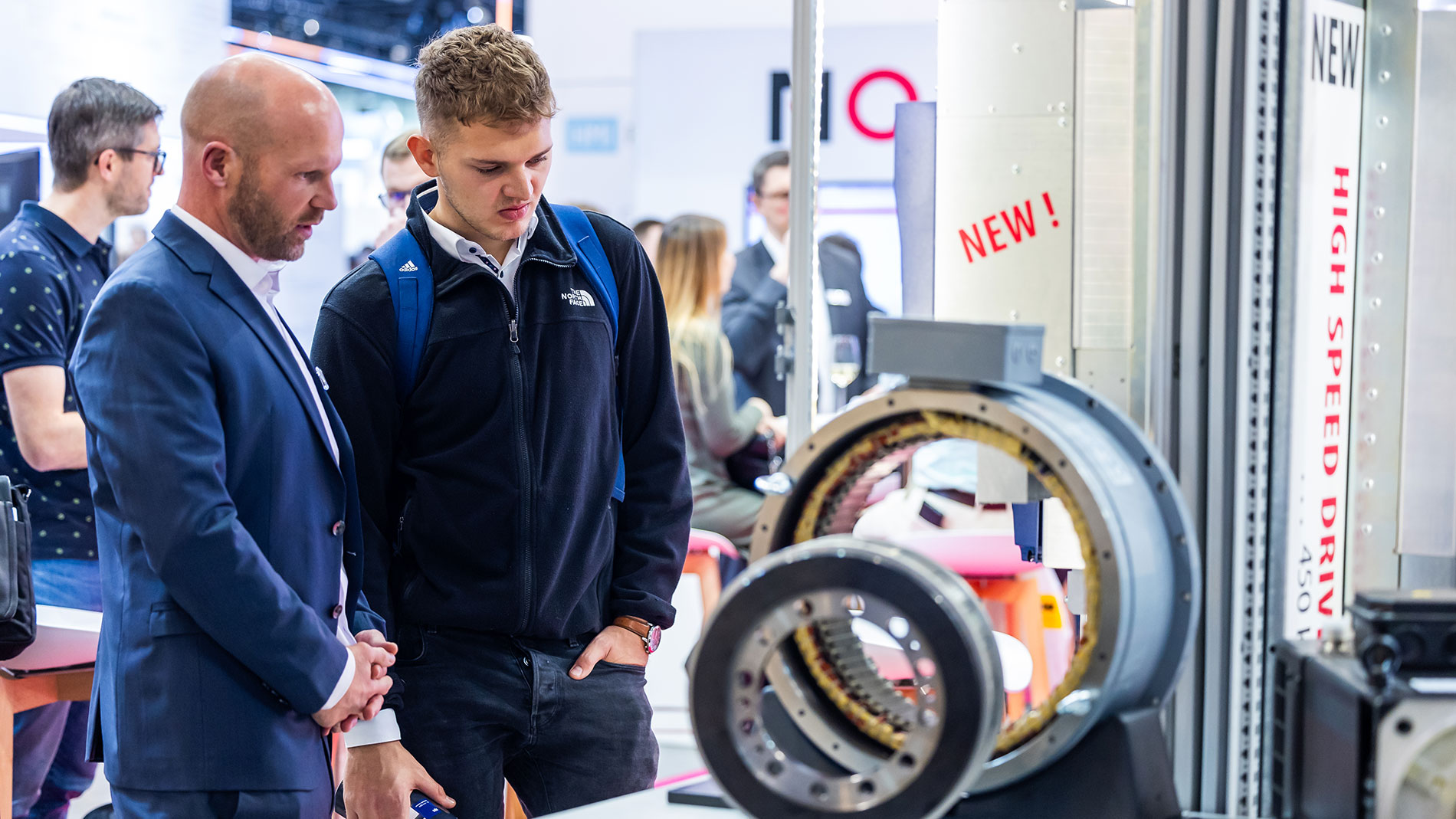The exhibitors of the SPS 2026 are expected to be published in spring 2026. Until then, you can find the exhibitors and products of the SPS 2025 here.
Exhibitor search 2025
acontis technologies GmbH
acontis technologies GmbH
Franz-Beer-Str. 98
88250 Weingarten
Germany
Telephone+49 5603 030



